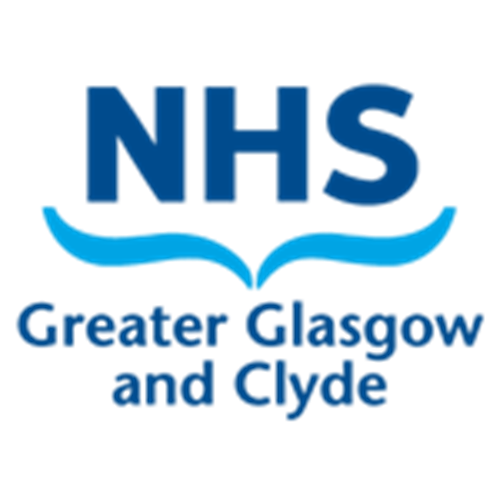Altered fetal movements in pregnancy (327)

Please report any inaccuracies or issues with this guideline using our online form
Maternal perception of fetal movement is one of the first signs of fetal life and is regarded as a manifestation of fetal wellbeing. Fetal movements have been defined as any discrete kick, flutter, swish or roll. A significant reduction or sudden alteration in fetal movement is a potentially important clinical sign. It has been suggested that reduced or absent fetal movements may be a warning sign of impending fetal death. Studies of fetal physiology using ultrasound have demonstrated an association between RFM and poor perinatal outcome.
Clinicians should be aware (and should advise women) that although fetal movements tend to plateau at 32 weeks gestation, there is no reduction in the frequency of movements in the late third trimester.